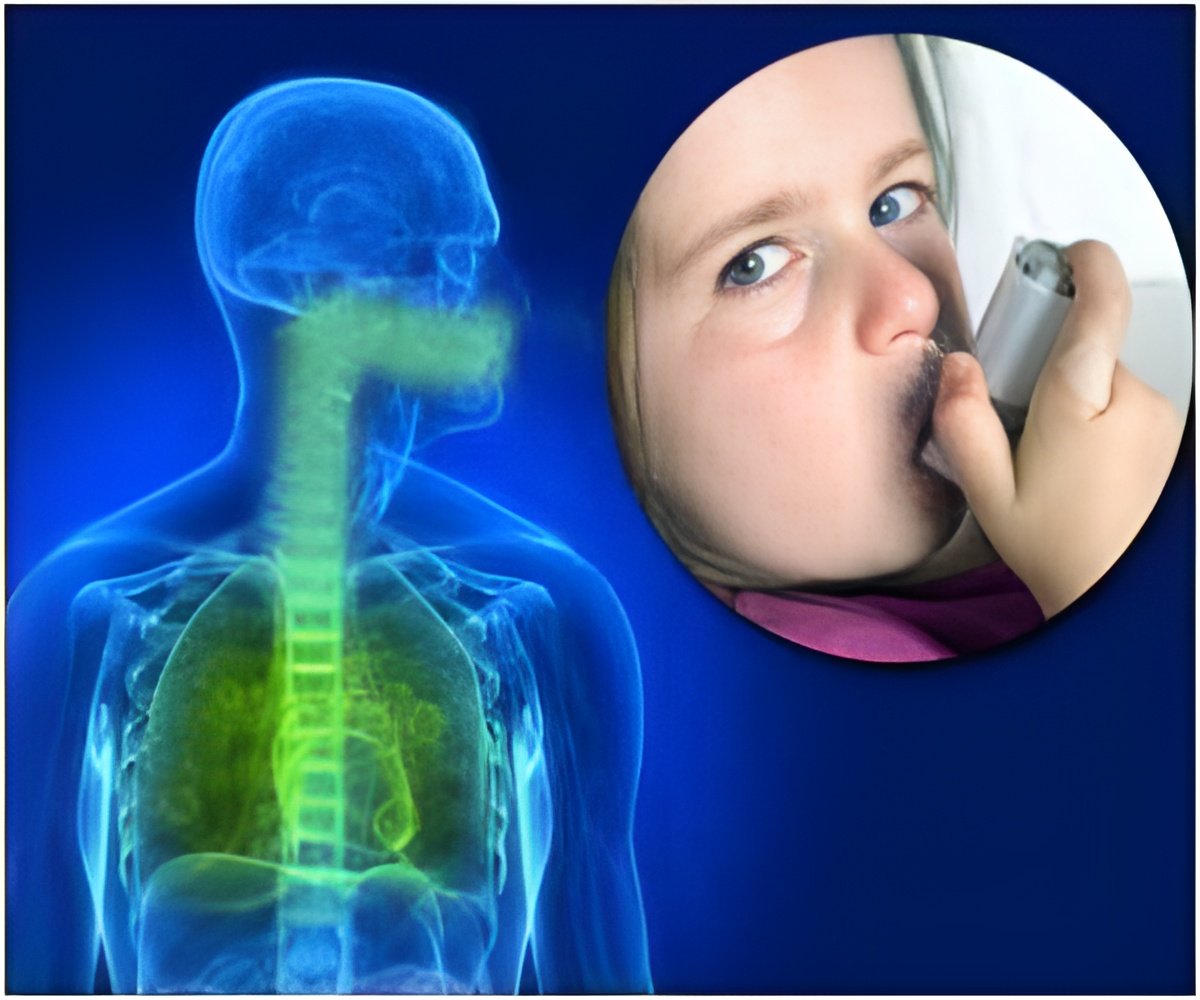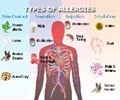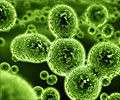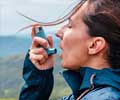New study paves the way for early-life gut microbiome interventions to prevent allergy and asthma from developing.

‘Infants whose mothers started taking dolutegravir from around the time of conception have a potential risk of developing neural tube defects. Identifying alternative, equally effective, safer regimens is the need of the hour.’
Read More..




Lynch's lab has previously shown that one-month-old infants with unhealthy gut microbial ecosystems -- more like a weedy lot than a well-functioning garden -- are at increased risk of developing asthma later in childhood. They have also shown that a specific fatty molecule, or lipid, called 12,13-diHOME, found at high concentrations in the feces of these babies, reduced the number and activity of a key group of immune cells called regulatory T cells (Tregs) that normally suppress allergic inflammation. Read More..
In their newest study, published in Nature Microbiology, research led by MD/PHD candidate Sophia Levan set out to test whether this bacterial molecule might directly drive the risk of asthma and allergy in young infants. First, they showed that injecting 12,13-diHOME into the gut of mice reduced Treg cell numbers in the animals' lungs, and that this molecule alters Treg and other immune cell function at a molecular level.
To understand where this pro-inflammatory lipid was coming from, the researchers studied the microbial genes present in stool samples from 41 one-month old infants collected as part of the racially and ethnically diverse WHEALS (Wayne County Health, Environment, Allergy and Asthma Longitudinal Study) cohort in Detroit. They found that the number of copies of three bacterial genes for 12,13 DiHOME or the concentration of the lipid itself in the babies' stool samples predicted which infants went on to develop allergy by age two or asthma by age four. They then replicated this finding in the stool samples of an independent cohort of 50 one-month-olds based in San Francisco.
"While these findings need to be replicated in an even larger study group, the fact that these two cohorts collected in demographically different populations in very different cities showed the same results gives us confidence that the association between this bacterial lipid and childhood asthma and allergy risk may generalize to a broader population," Levan said.
The researchers emphasize that 12,13-diHOME is likely just one of many microbial-derived products that contribute to early-life immune dysfunction and susceptibility to childhood allergy and asthma.
Advertisement
Source-Eurekalert












